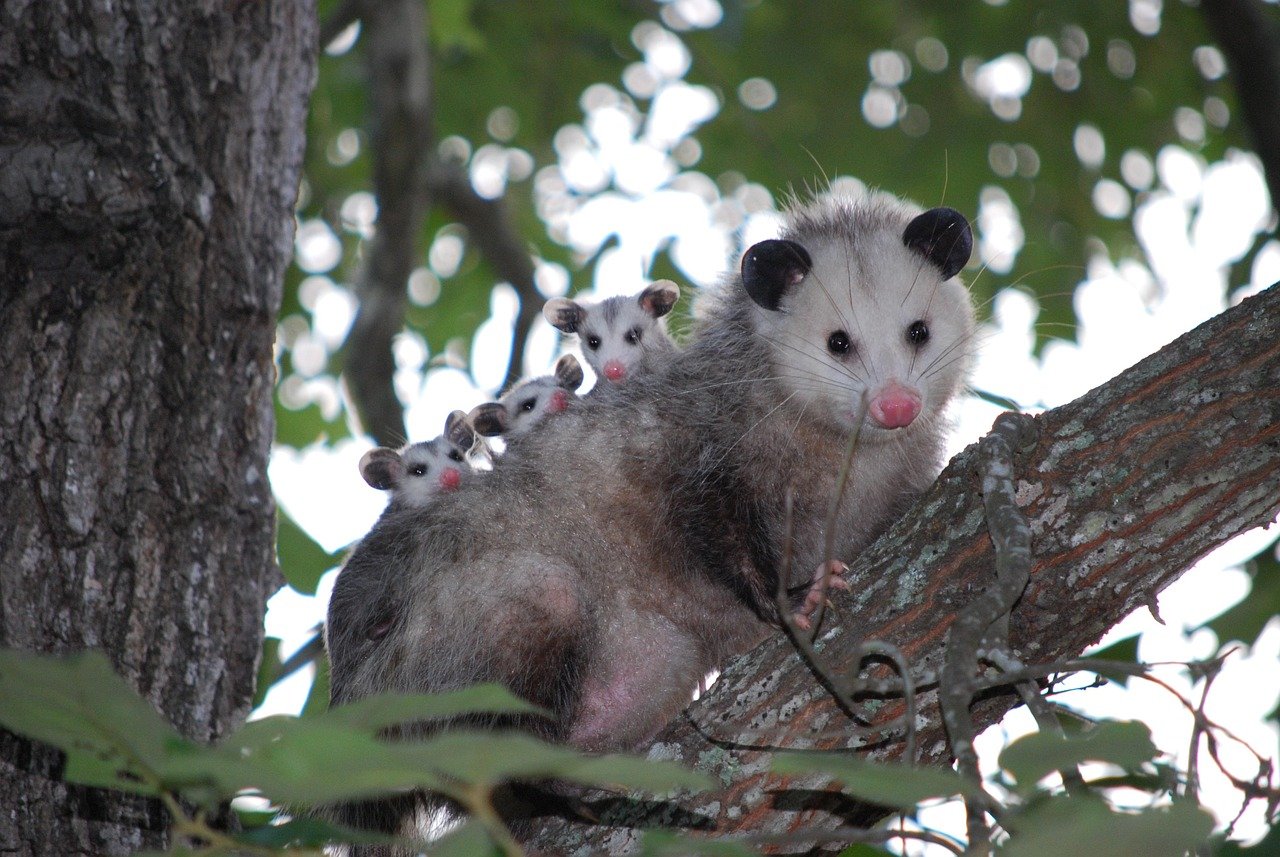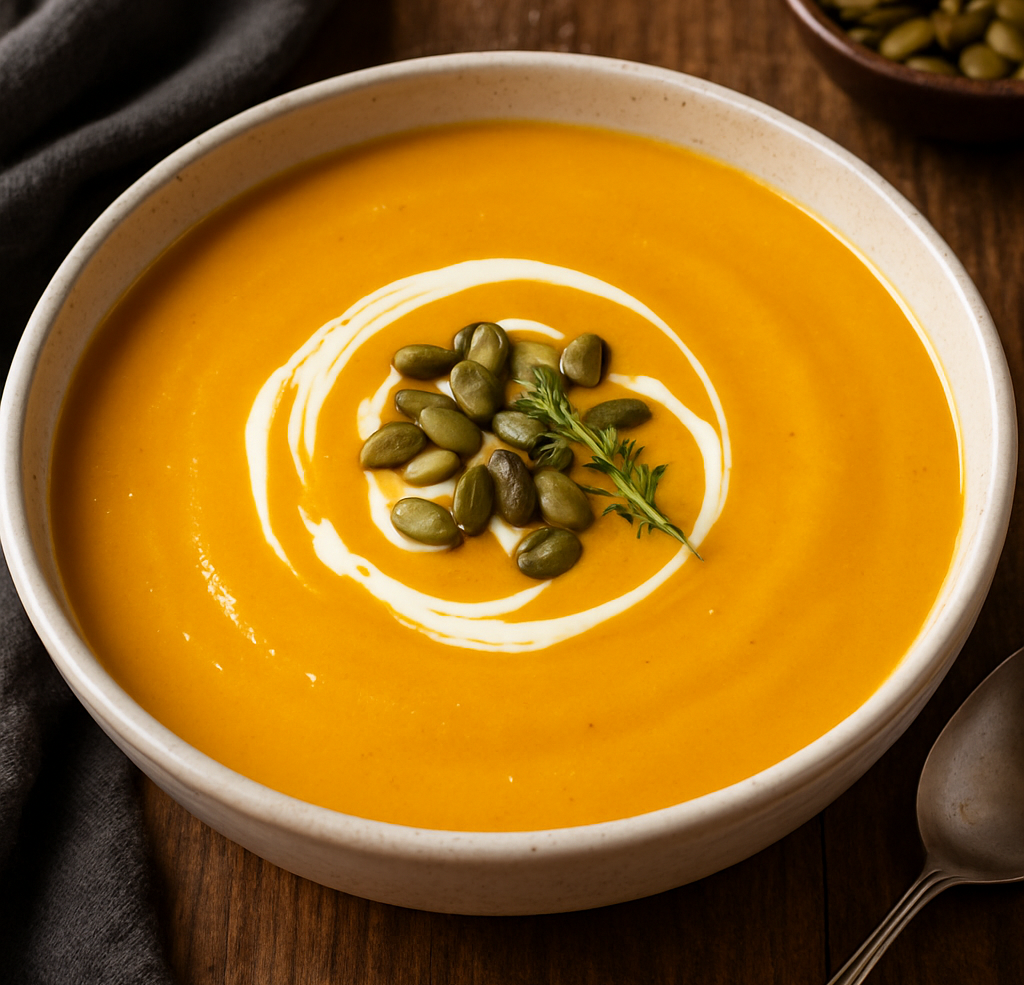Welcome to this month's nature spotlight in our Waterloo Region real estate newsletter! As we explore properties surrounded by Ontario's beautiful oak forests, let's discover the incredible world of acorns and why they make our local ecosystems so special.
🌰 What Makes Acorns So Fascinating?
Did you know that a single mature oak tree can produce up to 10,000 acorns in a good year? These small but mighty nuts are far more than just autumn decorations scattered across your property's lawn. Acorns are actually sophisticated survival capsules, each containing everything needed to grow a towering oak tree that could live for centuries.
Here's a remarkable fact: acorns don't all fall at once by accident. Oak trees have evolved a clever strategy called "mast years" – synchronized bumper crops that occur every 2-5 years across entire regions. This natural phenomenon ensures that even after wildlife consumes millions of acorns, enough survive to regenerate Ontario's oak forests.
🦌 Ontario's Acorn Ecosystem: A Wildlife Buffet
In Waterloo Region and across Ontario, acorns serve as a crucial food source that supports an intricate web of wildlife. These nutrient-dense nuts contain high levels of carbohydrates, fats, and proteins – making them the perfect high-energy food for animals preparing for winter.
🐿️ The Primary Consumers
Eastern Gray Squirrels are perhaps the most visible acorn enthusiasts in our neighbourhoods. A single squirrel can bury up to 3,000 acorns each fall, creating natural tree nurseries throughout our properties. Interestingly, squirrels have an amazing memory and can relocate about 85% of their buried treasures.
Chipmunks also play a vital role, with their cheek pouches capable of holding up to 32 beechnuts or several large acorns at once. These industrious creatures can collect and store up to 165 acorns per day during peak season.
🦃 Feathered Acorn Lovers
Birds That Depend on Ontario's Oak Nuts
🐦 Blue Jays are often called "farmers of the forest" because they cache thousands of acorns each year, often forgetting where they buried them and inadvertently planting new oak groves. A single Blue Jay can transport acorns up to 2.5 miles from the parent tree!
🦆 Wood Ducks are among the few waterfowl species that regularly consume acorns, especially from swamp white oaks near wetlands common in our region.
🦃 Wild Turkeys can consume up to 200 acorns per day during the fall months. These impressive birds have made a remarkable comeback in Ontario, and healthy oak forests with abundant acorn crops are essential to their continued success.
🕊️ Woodpeckers – including our local Pileated, Red-bellied, and Red-headed Woodpeckers – rely heavily on acorns, often wedging them into bark crevices to store for winter consumption.
🦌 Larger Wildlife and the Acorn Connection
White-tailed Deer consume enormous quantities of acorns each fall. A single deer can eat up to 7 pounds of acorns daily when they're available. Properties with mature oak trees often see increased deer activity during acorn season, which runs from September through November in Ontario.
🐻 Black Bears emerging from their summer berry diet transition to acorns as a crucial pre-hibernation food source. The high fat content helps them build the reserves needed for winter dormancy.
Even 🦔 Porcupines and 🐭 various mice and vole species depend on fallen acorns, creating a complex food web that starts with these humble nuts.
🌳 The Real Estate Connection: Oak Trees as Property Assets
For homeowners in Waterloo Region, mature oak trees represent significant property value. Not only do they provide shade, beauty, and wildlife habitat, but they also contribute to what ecologists call "ecosystem services" – natural processes that benefit humans.
A mature oak tree can:
⚡ Intercept up to 27,000 gallons of rainwater annually
🌬️ Produce enough oxygen for two people per year
🏠 Increase property values by 10-15%
❄️ Reduce home heating and cooling costs by up to 30%
🔄 The Circle of Life: From Acorn to Oak
Perhaps the most fascinating aspect of acorns is their potential longevity. While most serve as immediate wildlife food, those lucky few that escape consumption can grow into trees that live 200-300 years. Some Ontario oaks are estimated to be over 400 years old – meaning they were saplings when Indigenous peoples were the primary stewards of this land.
🌿 Supporting Your Local Acorn Ecosystem
As property owners in Waterloo Region, you can support this vital ecosystem by:
🚫 Avoiding excessive fall cleanup – leave some acorns for wildlife
🌱 Planting native oak species appropriate for our region
🏠 Creating wildlife-friendly landscaping that connects to natural oak habitats
📚 Learning to identify the different oak species on your property
Conclusion: Small Nuts, Big Impact
The next time you're walking a property or enjoying your own backyard in Waterloo Region, take a moment to appreciate the humble acorn. These small nuts support an incredible diversity of Ontario wildlife while contributing to forest regeneration that will benefit future generations.
In the world of real estate, we often talk about location, location, location. For wildlife, it's oak trees, oak trees, oak trees – and the mighty acorns they produce.
Interested in properties with mature oak trees and abundant wildlife? Contact any member of the Saunders Tremblay Realty Team to explore Waterloo Region's most naturally beautiful listings, where you can witness the acorn ecosystem firsthand.
Kitchener-Waterloo Real Estate Blog Post: September 1, 2025




